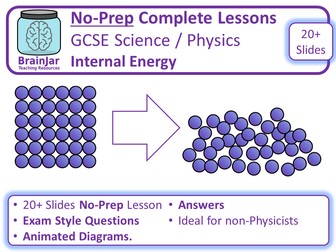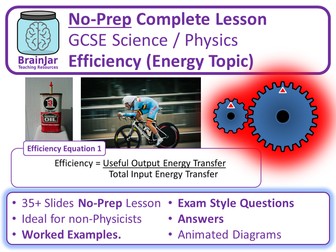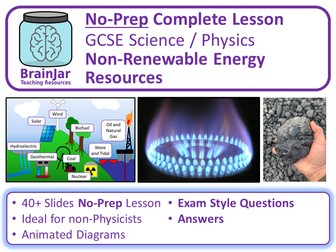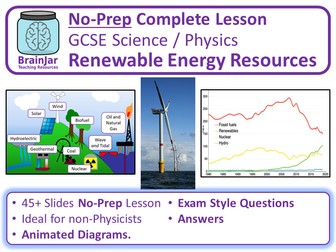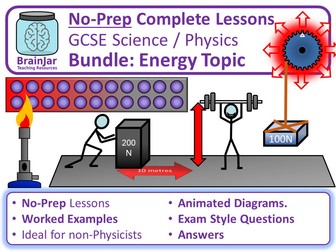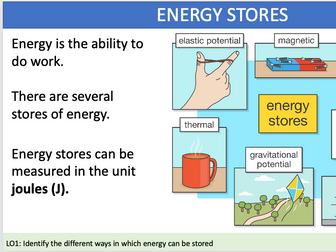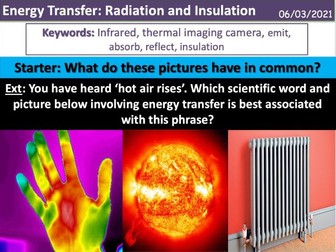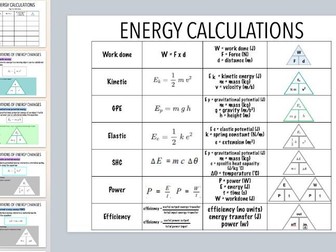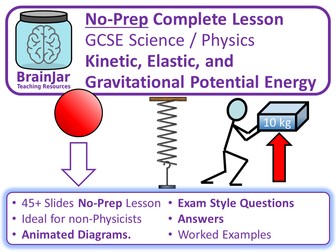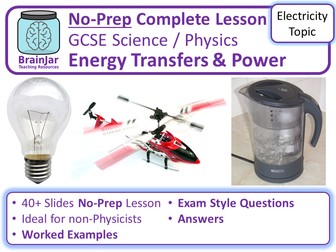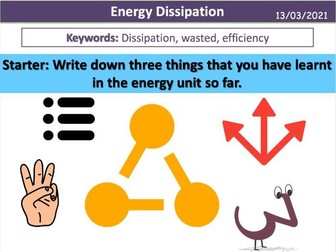Internal Energy
<p><strong>Complete No-Prep lesson</strong> with <strong>exam questions, tasks and answers</strong> on Internal Energy for AQA GCSE (9-1) Science / Physics. This lesson covers all of AQA GCSE Physics 4.3.2.1 / Combined Science 6.3.2.1</p>
<p>As a Secondary Science teacher and Deputy Headteacher for many years I make high quality <strong>no-prep</strong> lessons so busy teachers can teach <strong>outstanding lessons without spending hours planning.</strong> This high quality lesson includes explanations, different types of in-lesson assessment (all <strong>with answers</strong>) and <strong>unique exam questions</strong>.</p>
<p>My lessons are <strong>ideal for non-Physicists</strong> - as a Biologist who retrained as a Physics teacher I know how to take learners on a journey that builds up their understanding step by step, while still going into a lot of depth. The <strong>preview video</strong> shows a representative sample of slides from the resource so that you get a good idea of what it includes before you buy.</p>
<p><strong>What’s Included:</strong><br />
• Starter / Do Now Activity<br />
• Explanation slides in “chunked” sections with <strong>animated diagrams</strong>.<br />
• Multiple questions in different question styles and difficulties - no need for worksheets. Each “chunked” explanation section typically includes a set of “<strong>learning check / quick questions</strong>” followed by a set of <strong>in-depth questions</strong> on the learning from that “chunk” of the lesson. All questions have <strong>answers</strong>.<br />
• <strong>Exam-style questions</strong> on the whole lesson at the end of the lesson- these are unique, based on real exam questions but not just copied from exam boards.<br />
• <strong>Answers</strong> for all questions<br />
• All easily editable to adapt to your teaching or to use in existing lessons.<br />
• Slightly humorous, at points, if you like that sort of thing.</p>
<p><strong>Learning objectives:</strong></p>
<ul>
<li>Define Internal Energy.</li>
<li>Explain why heating a substance increases its internal energy.</li>
<li>Explain why heating a substance until it changes state increases its internal energy.</li>
</ul>
<p>Written for AQA GCSE Science and Physics but likely to be applicable to other exam specifications.</p>
<p>Please leave a rating / review and all other feedback gratefully received!</p>
